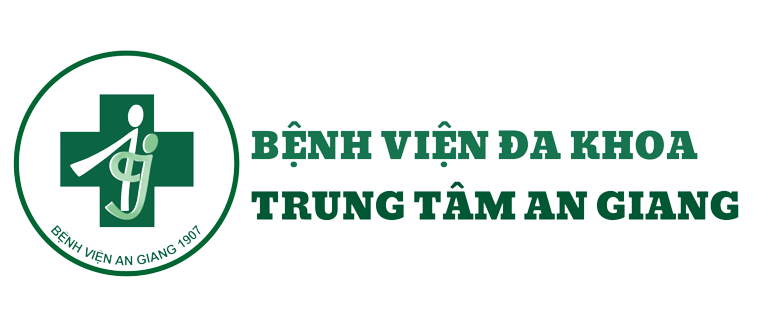J Med Assoc Thai. 2008 Oct;91 Suppl 3:S97-103.
Kalayanarooj S.WHO Collaborating Centre for Case Management of Dengue/DHF/DSS, Queen Sirikit National Institute of Child Health,College ofMedicine,RangsitUniversity,Bangkok,Thailand.
BACKGROUND: DHF is characterized by plasma leakage and abnormal hemostasis. About 20% of DHF patients do require colloidal solution in addition to conventional crystalloid solution for the treatment. There is only one colloidal solution, 10% Dextran-40 in NSS that proved to be effective for this group of DHF patients.
OBJECTIVE: To compare 10% dextran-40 in NSS with 10% Haes-steril in NSS in the management of DHF cases with severe plasma leakage for their effectiveness and impact on renal function, hemostasis, disease severity, and complications.
MATERIAL AND METHOD: DHF patients admitted to Dengue Unit, QSNICH, who do not respond to conventional crystalloid solution, are randomly assigned to receive either dextran or haes-steril. Clinical and laboratory comparison are recorded and analyzed using SPSS for Window version 14.0.
RESULTS: There are 104 DHF patients enrolled in the study; 57 are assigned in dextran and 47 in haes-steril group. The mean ages are 8.6 +/- 3.9 years. About half of the patients in both groups require one dose of colloidal solution and 25% require 2 and 3 doses (p = 0.138). The average amount of IV fluid infused in dextran and haes-steril group are 119.4 and 129.3 ml (p = 0.227). The average drop in Hct after the bolus dose of both colloid are 7.9 and 8.5% (p = 0.381). About 80% of the patients in each group have shock (p = 0.843). The mean elevation of AST are 598 and 822 U (p = 0.548) while ALT elevation are 182 and 306 U (p = 0.265) in dextran and haes-steril group, respectively. BUN and creatinine are within normal limits and are decreased after the use of colloidal solutions. The amount of urine on day 1, 2 and 3 after the use of both colloidal solutions are not different. Coagulogram studies (PT, PTT and TT) in both groups are not different. Patients with significant bleeding and who require blood transfusions are 15.8 and 19.2% in dextran and haes-steril group (p = 0.423).The incidence of fluid overload in dextran and haes-steril group are 35.1 and 40.4% (p = 0.360). Other complications are not different between dextran and haes-steril group as follows: hypocalcaemia, hyponatremia, hypokalemia and acidosis. The overall severity and complications in both groups of patients are much higher than in DHF patients who respond to conventional crystalloid solution. No allergic reaction was found after the use of both colloidal solutions.
CONCLUSION: 10% Haes-steril is as effective as 10% dextran-40 in the treatment of DHF patients who have severe plasma leakage. There are no differences in DHF disease severity and complications in both groups but the disease severity and complications, especially fluid overload are observed to be more comparative with admitted DHF patients. Both colloidal solutions are safe in DHF patients with no allergic reaction observed and no interference in renal functions and hemostasis.





